- myFICO® Forums
- Types of Credit
- Credit Cards
- Re: What to do in ‘22? (Please help me navigate th...
- Subscribe to RSS Feed
- Mark Topic as New
- Mark Topic as Read
- Float this Topic for Current User
- Bookmark
- Subscribe
- Mute
- Printer Friendly Page
What to do in ‘22? (Please help me navigate the journey from newb to high CLs)
Is your credit card giving you the perks you want?
Browse credit cards from a variety of issuers to see if there's a better card for you.
- « Previous
-
- 1
- 2
- Next »
- Mark as New
- Bookmark
- Subscribe
- Mute
- Subscribe to RSS Feed
- Permalink
- Report Inappropriate Content
Re: What to do in ‘22? (Please help me navigate the journey from newb to high CLs)
@Anonymous wrote:Hello,
I'm relatively new to credit and feel unsure how to best proceed from where I'm at (especially after recently finding out I’ve been a bit clueless/haven't been optimizing). Any advice appreciated. You can skip to 'summary' if you don't want to read the longer backstory.
Back story:
Had a low limit store card years ago in college I barely used. Let it close when I moved and they asked for proof ($0 balance)
I have student loans and was accidentally late one time years ago.
In March 2020 I got an auto loan (high interest due to relatively low score/thin file. 100% paid on time)
Late 2020 through 2021, focus on improving low 600s credit score:
Dec 2020 BoA secured $500 SL (I bank with BoA)
Feb 2021 Apple Card $2500 SL (I'd heard 2 CCs are better to increase credit score)
Mid 2021 BoA automatically switched $500 secured to $1500 unsecured
All through 2021 I put only a 2%-3% charge on each card and PIF before due (didn't know about AZEO back then).
Early 2022, became interested in optimizing CCs too:
EX 719
Jan 2022 Accepted BoA's invitation for new card, Travel Rewards, $3500 SL (I was hoping for double)
Jan 2022 Asked Apple for CLI, received $250 (taking $2500 to $2750. My bad not knowing they need to see real spend)
This was all I intended to do for now but frustrated by how low all my CLs still are I took up another mailed invitation:
Jan 2022 Discover It approved for $11K SL (finally something I can put my $6K+ monthly spend on without multiple payments)
Summary:
2020 BoA $500 SL --> $1500 in 2021 (auto increase)
2021 Apple $2500 SL --> $2750 in 2022 (requested CLI)
2022 BoA Travel Rewards $3500 SL
2022 Discover It $11K SL
EX 719
$6K+ average monthly spend
Income above 100K.
Now that I’ve been bitten by the CC bug, I have two aims:
1. Continue increasing my credit score (via continued on-time payments + AZEO + gardening)
2. Work towards high limits on multiple cards (min $25K, $50K+ ideally). I'd prefer to have fewer CCs overall (no more low limit cards). Rewards are not a primary goal at this stage.
Proposed course of action for the rest of 2022 is where I'm unsure and would especially appreciate input. Current thinking is:
a) BoA, Apple, BoA TR -- maintain each minimally (small automated monthly purchase PIF)b) Discover It -- since my Disco CL is significantly higher than my other CLs, and I've heard this card can go to $50K+, I’ll start here by putting my monthly spend through it (PIF except 2% of CL for AZEO). Then twice this year I'll ask them for a CLI.
c) Garden — take a pause from applying for new cards until either the end of the year when I visit my extended family (which may open the door to NFCU) or until EX 740+ when I’ll apply for CSR (I’m within 5/24 but no rush bc I’ll probably always be within 5/24). I've read it's better to have a higher limit in at least one card before asking for more credit cards in the hope of receiving a high limit (since they may only give close to what others have given, which was my experience with my latest BoA card).
Questions:
1. Is this the best course of action?
It's fine.
And, if so, should I request a CLI every 4 months (after 3 billing cycles) or should I wait six months the first time (since I'm new to Disco). I've seen both recommended
With Discover you can request as often as you like; it doesn't matter.
2. Should I instead be spreading my monthly spend around to include the recent $3500 BoA TR and ask them for a CLI in 2022 too?
Yes.
My current thinking with BoA is wait another year until they invite me to the next CC in their line up and hope they give me a better SL since my credit score will have improved and my Disco CL will (hopefully) be $25K+ by then.
With BoA, I’m really only after their top-of-the-line card with a high limit. I’m assuming it’s better to get a new card offer from them than try to push $3500 up via CLIs and take the product change request angle.
No, don't get multiple cards if you don't need them. BoA is ok with CLI's.
Eventually I see myself combining all the BoA toy limits onto my one BoA card, but that won’t be for years yet. I'm especially reluctant to put any effort into trying to increase the older BoA $1500 card since I've heard that cards that were once secured can have low upper boundaries (I'll keep it open for credit age for a few more years at least). I'm assuming BoA only wants to see one CC being pushed for a CLI at a time.
3. Should I hold back with BoA (don’t ask for CLI and ignore offers for the next-step card), instead waiting until I’m ready to apply for their top card?
No reason to hold back. Just give it time.
In case it wasn’t obvious, less is more for me (although I admire people who obtain/maintain dozens of cards). At the same time, I don’t want to be blinded by my preference — if stair stepping through beginner to intermediate then premium cards is just the way this works (and those who want fewer cards need to shut down the lower tier ones later).
That's not the way it works. Less is more.
Future plans:
At some point in the future I'll run my spend through my Apple Card and move the CL towards $50K (hopefully), which is what I should have been doing last year (oh well). Ideally I’ll eventually have one high limit card with each of: Discover, BoA, Apple, Chase & NFCU (or some other credit union). Any pointers into obtaining high CLs in any of these brands in particular would be appreciated.
With Chase any CLI applications are hard pull. It's best to just put heavy use on the card and hope for an auto CLI, especially at the 6 month point.
If anyone wants to talk about their journey to high limits, I’d love to hear about that too
Thanks!

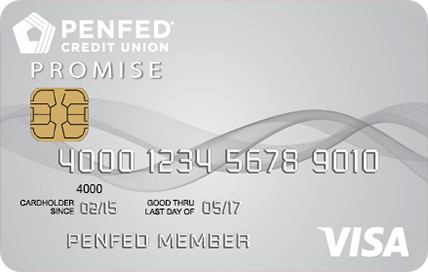





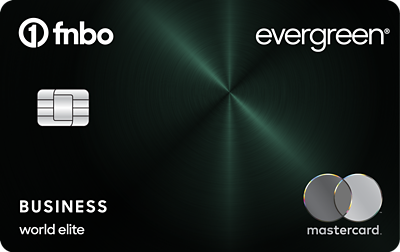
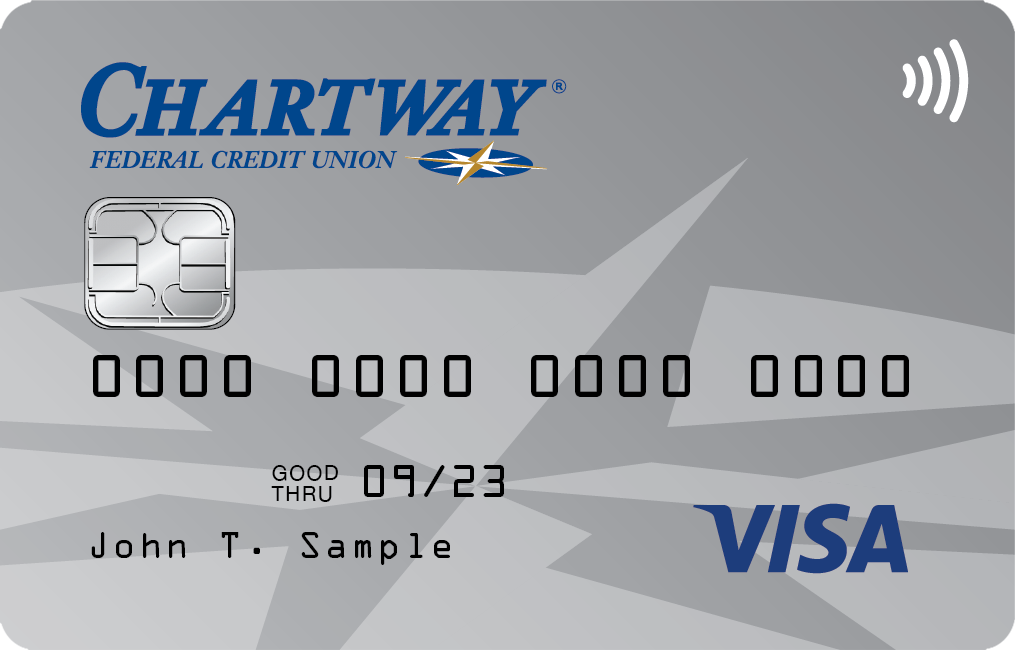


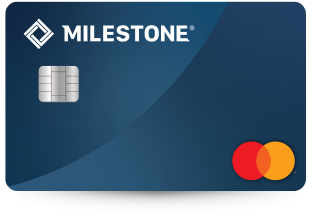
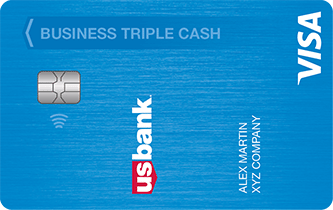

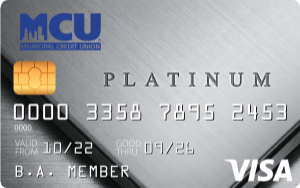
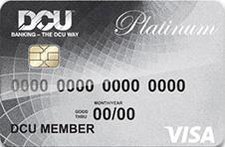
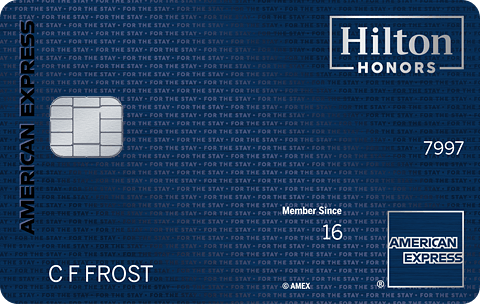

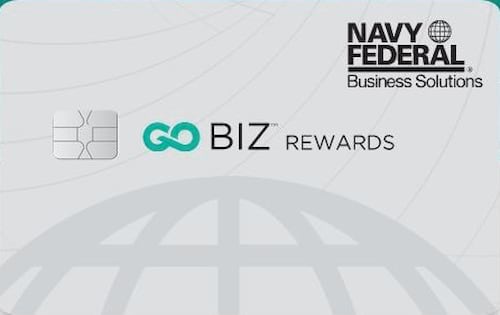
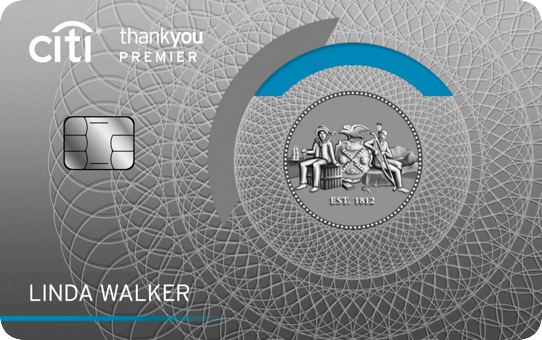
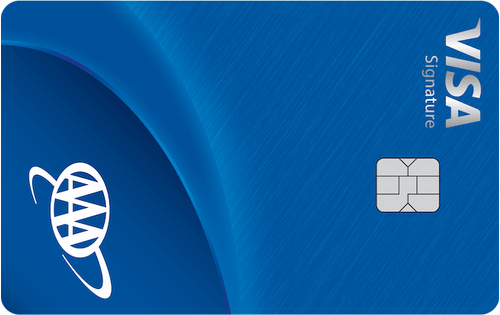
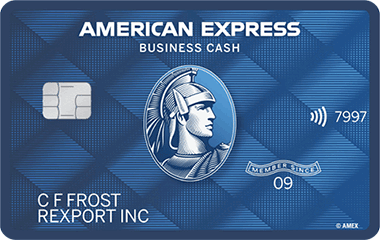
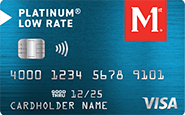
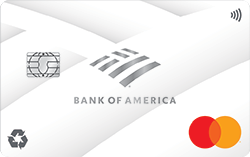


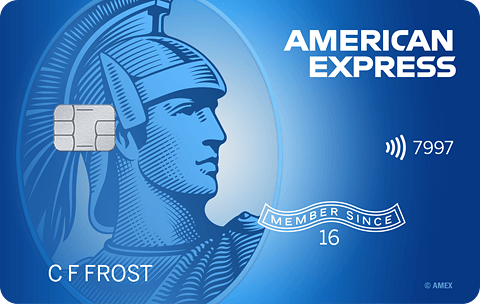
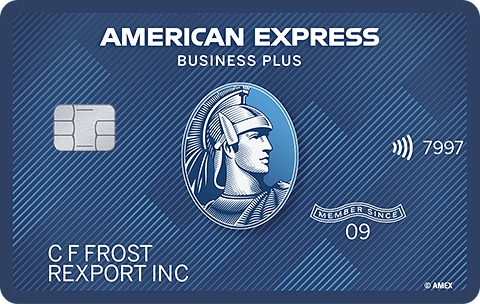



Total revolving limits 568220 (504020 reporting) FICO 8: EQ 689 TU 691 EX 682
- Mark as New
- Bookmark
- Subscribe
- Mute
- Subscribe to RSS Feed
- Permalink
- Report Inappropriate Content
Re: What to do in ‘22? (Please help me navigate the journey from newb to high CLs)
@cws-21 wrote:
@Aim_High wrote: Ideally, somewhere between 1% to 8.9% aggregate is the real target if you aren't taking it to the extent of Azeo.@Aim_High, thanks, as always, for the insightful posts. I have always wondered... Are there any scoring benefits of having an individual account post very low utilization (e.g., 1%) as opposed to low utilization (e.g., 8.9%)? Likewise, for scoring purposes, is it better to have aggregate utilization much below compared to just below 28.9%?
Glad it was helpful, @cws-21. In a nutshell, yes. Lower utilization is always better for FICO and improving it within each "range" will probably still yield favorable results.
I claim no special knowledge of these scoring thresholds other than what I've learned on My Fico from community postings. These thresholds (8.9%, 28.9%, 48.9%, 68.9%, and 88.9%) for individual and aggregate utilization were compiled and posted in 2017 based on analysis of hundreds of data points by one of our members. They are simply points where a noticeable "break" in FICO scoring seemed to occur and gives us a <rough> estimate of how much higher utilization will affect scores. IE: If someone has 9.1% versus 8.8%, that's not necessarily going to cause a massive penalty. As I mentioned, the impact of utilization is more of a "sliding scale" but those breakpoints are general goals to keep below to avoid additional scoring penalties. The exact FICO algorithm is a trade secret, of course.
For more information, I'll refer you to that master thread in:
>> FICO Scoring and Other Credit Topics
>> Understanding FICO Scoring
>> The Truth About Credit Card Utilization
Consequently, that suggestion of "staying below 30%" isn't bad, in and of itself. It's just an oversimplification, incomplete, and therefore somewhat misleading. We often see members who believe as long as they are below 30%, they are optimizing FICO. That's not correct. Ironically, there are score penalties for not using your credit either, so 0% utilization is not good. (The reason is that FICO is essentially a "risk" score for the lender. When there isn't data for FICO to analyze, risk becomes an unknown.) That's why the highest optimization is Azeo; however, as I said, most members don't need to go to that extreme on a day-to-day basis. And that's why lower utilizations of 1% to 8% have a minimal score impact while also avoiding that 0% utilization report. Utilizations of roughly 9% or above are where more noticeable effects on FICO start to occur. But in that range, 1% would probably have a small effect of an insignificant point or two versus a little more for 8%.
Personally, I like to have individual accounts report absolutely no more than 10% utilization most months since that's easy to calculate by dropping the last digit in the credit limit. And I'm usually a lot closer to 1% to 5% in practice. A couple of times in the past years, I've allowed VERY high (90%+) utilization to report on just one or two accounts and I can verify that there is a huge but temporary drop in both FICO and Vantage scores until those are paid down. But they rebound within 30-60 days.






















Business Cards









Length of Credit > 40 years; Total Credit Limits >$936K
Top Lender TCL - Chase 156.4 - BofA 99.9 - CITI 96.5 - AMEX 95.0 - NFCU 80.0 - SYCH - 65.0
AoOA > 31 years (Jun 1993); AoYA (Oct 2024)
* Hover cursor over cards to see name & CL, or press & hold on mobile app.
- Mark as New
- Bookmark
- Subscribe
- Mute
- Subscribe to RSS Feed
- Permalink
- Report Inappropriate Content
Re: What to do in ‘22? (Please help me navigate the journey from newb to high CLs)
@cws-21 wrote:
@Aim_High wrote:Ideally, somewhere between 1% to 8.9% aggregate is the real target if you aren't taking it to the extent of Azeo.
@Aim_High, thanks, as always, for the insightful posts. I have always wondered... Are there any scoring benefits of having an individual account post very low utilization (e.g., 1%) as opposed to low utilization (e.g., 8.9%)? Likewise, for scoring purposes, is it better to have aggregate utilization much below compared to just below 28.9%?
I've seen a small drop in my FICO scores when my overall utilization increased from 1% to 4%, and a significant drop when it increased to 12%. I agree it seems to be a sliding scale. It's also worth remembering that thin and young files (like me, and probably you) are a lot more sensitive.
I tend to think of AZEO as dressing up for an interview. You don't have to optimize your FICO all the time, but if you're applying for credit it's not a bad idea to look your best. Just plan to pay your credit cards early, before the statements are cut, in the month before you're applying for credit. Utilization has no memory, so it's only the last balances reported by your financial institutions that matter.
- Mark as New
- Bookmark
- Subscribe
- Mute
- Subscribe to RSS Feed
- Permalink
- Report Inappropriate Content
Re: What to do in ‘22? (Please help me navigate the journey from newb to high CLs)
Hi @Aim_High ![]()
Thank you for your detailed response. I read through the links (and the links of the links) you provided. I learned a lot. Knowing the ten factors behind CCs in particular puts me in a much better position of understanding. As does you clear message: I need to give the obtaining high CLs process time and be deliberate in choosing cards (if I want to end up with fewer).
Originally I planned to end up with: BoA, Chase (or Citi), Apple/GS, AMEX & NFCU (or some other credit union). I liked that they all could be high CLs (high total credit on fewer cards). Then after feeling frustrated by Apple’s CLI & BoA TR SL I reached for the Discover invitation I’d received (after doing a quick google search finding Discover can go to $62K and they are generous with thin file/low CL types).
The thinking at that moment was: I need to break out of the ~$3K level my cards are at (despite not over applying). I figured I could use Discover instead of AMEX for my ‘final five’. Now I can see I was being emotional rather than deliberate and I really didn’t know enough about Disco (which is actually unlikely to be a longer term card for me since it stalls out above 20K). Oh well, lesson learned. At least they gave me an $11K SL (hopefully that at least breaks the low CL loop I may be in).
I’m not exactly sure why I’m so patient with improving my credit score, and in opening only two CCs a year, yet I have no patience for low CLs. I guess I had faulty expectations after seeing people with a similar income get $30K+ SLs (I wasn’t factoring for all that goes into an approval decision).
With BoA in particular there was probably some entitlement going on (“but you see how much I earn & spend!”) when I need to look at this from their perspective: I’m still relatively new to credit, EX is only 719, I don’t put real spend on the first card they gave me, nor do I hold my investments with them etc. (Good to know that stair-stepping through CC tiers is normal and I should expect it).
Similar thing with Apple in that I need to listen to what they’re trying to tell me & work with how they want to work rather than have a feelings tantrum and reflexively run to a different issuer (especially when the plan was Apple for the long run). I appreciate you telling me that Apple’s reputation is easy CLIs with spend despite age of account.
Thanks for telling me the two other issuers I have my eye on who are typically relatively more generous — I’ve made a note to apply for NFCU & AMEX Jan ‘23 (leaving CSR & BoA PR for Jan ‘24). I’ll spend the rest of these years, and years beyond, focus spending for CLIs (I’ll do as you say: focus spend but not neglecting my other cards).
I’ll also tighten up my relationship with BoA this year and start one with Chase next year. I’ll try to be more patient overall. I’ve resolved to immediately tear up any CC invitations I receive which don’t suit my ultimate goal (rather than let it linger on my desk as I did with Disco).
Thanks again for sharing your considerable knowledge. It really helped! ![]()
- Mark as New
- Bookmark
- Subscribe
- Mute
- Subscribe to RSS Feed
- Permalink
- Report Inappropriate Content
Re: What to do in ‘22? (Please help me navigate the journey from newb to high CLs)
Hi again @Aim_High
Thank you for pointing out I don't need to carry a balance for CLIs and how utilization actually works. I was more clueless than I even realized! ![]()
Thanks too @SouthJamaica for answering my questions -- much appreciated ![]()
- Mark as New
- Bookmark
- Subscribe
- Mute
- Subscribe to RSS Feed
- Permalink
- Report Inappropriate Content
Re: What to do in ‘22? (Please help me navigate the journey from newb to high CLs)
@Anonymous wrote:Thanks for letting me know to expect Discover to stall out above $20K ...
= = = = = = = = = = = = =
@Anonymous wrote:
Thanks for letting me know to temper my expectations with NFCU since they don't work out for all.
I just wanted to add a little more about tempering expectations, @Anonymous. It's important to remember that we often say on My Fico, "YMMV" (Your Mileage May Vary.) For sometimes seemingly-unknown reasons, lenders may be more generous with one credit profile than another. There probably is some reasonable rationale if we were privy to the whole picture, but we're just assembling random data points on My Fico. And our members can't and don't post their entire credit profile and situation, not only for privacy but since it would be next-to-impossible to post everything that a lender might consider. So you may see members with huge credit limits (or very low "toy" credit limits) and draw inaccurate conclusions about your own potential with a certain card or lender. In addition to credit profile, the situation is a moving target since things change over time and economic circumstances vary. For example, many lenders closed higher-risk or inactive accounts during the coronavirus pandemic and credit limit increases often slowed.
As I mentioned in other posts, some of the huge credit limits you see on My Fico on individual cards or total credit limit are supported by very large incomes into high six or even seven figures, large investments of assets, or heavy reimbursed business spend in excess of stated personal income. And also, even with other factors being equivalent, a "thicker" (more developed) credit profile will likely merit higher limits. So we're back to time (overall and with each lender) being your best ally for most of us.
Discover is a good example of a lender where YMMV. They remain an enigma among our members in trying to figure them out. Sometimes, their underwriting department is jokingly referred to as monkeys in a room throwing darts to make decisions! Lol ![]() So for some of our members, they may encounter a fairly modest "cap" in credit limit where further CLIs stall out. For others, the limits continue to grow. Use data points from other members but take any in isolation, not as an absolute fact. Many lenders like to see usage of an existing credit limit to give you more. For someone who optimizes category rewards and who has a Discover IT card that pays 5% in rotating categories up to $1500 per quarter, and then 1% on everything else, they are probably only putting a maximum of $6K spend on that card annually. If Discover sees that pattern, $10K or $20K looks like a reasonable credit limit! If your desire to grow the limit is greater than concerns about accepting only 1% rewards payout, heavier use may help it grow faster. Only you and Discover get to decide how far you want to push that growth. From my experience, Discover cards may continue to grow slowly if used modestly and only in rewards category, but it takes time. Also, as your income rises and you get higher limits on other cards, Discover may continue to match them up to a point. I've had my Discover since 1993 and have grown it to $51K, but at one time I was using it for some low-five figure balance transfers. (I've never spent anything close to $51K.) IMO, the reasons my limit grew that high are age of account, those previous moderate BTs, and my increased income and FICO in recent years.
So for some of our members, they may encounter a fairly modest "cap" in credit limit where further CLIs stall out. For others, the limits continue to grow. Use data points from other members but take any in isolation, not as an absolute fact. Many lenders like to see usage of an existing credit limit to give you more. For someone who optimizes category rewards and who has a Discover IT card that pays 5% in rotating categories up to $1500 per quarter, and then 1% on everything else, they are probably only putting a maximum of $6K spend on that card annually. If Discover sees that pattern, $10K or $20K looks like a reasonable credit limit! If your desire to grow the limit is greater than concerns about accepting only 1% rewards payout, heavier use may help it grow faster. Only you and Discover get to decide how far you want to push that growth. From my experience, Discover cards may continue to grow slowly if used modestly and only in rewards category, but it takes time. Also, as your income rises and you get higher limits on other cards, Discover may continue to match them up to a point. I've had my Discover since 1993 and have grown it to $51K, but at one time I was using it for some low-five figure balance transfers. (I've never spent anything close to $51K.) IMO, the reasons my limit grew that high are age of account, those previous moderate BTs, and my increased income and FICO in recent years.
If you're looking for higher limits on all your cards, this is why I think that overly-optimizing rewards can be a counter-productive goal. If you're spreading your spend thinly over a bunch of cards paying 5% with low ($1K to $3K quarterly) spending caps in various categories, they aren't as likely to reach huge limits as workhorse daily driver cards that get heavier spending. There's nothing wrong with 5% cards or optimizing rewards per-se, and many of our members prefer to optimize rewards as a core credit goal. For them, high limits is not even a consideration. But I believe that overdoing category rewards cards relative to your spending on them may impede getting higher limits across-the-board. I just see them as a potential distraction since they may dilute spending.
There's another option on the Discover. If you want to use it heavier, product change it to the Discover Miles. Their "miles" basically function at 1.5% cash back, uncapped and uncategorized, making this comparable in earnings to a 1.5% card like a Capital One Quicksilver. The highest rewards you'd get from the IT 5% (IF you max-out the $1500 per quarter) is $300 a year (0.05 x $6000.) The break-even point on the Miles is $20K or higher annual spend (where 0.015 x $20,000 also = $300.) Personally, I have found that I will either spend well above (but usually well below) the cap, meaning I'm leaving rewards on the table anyway. So you might be able to start earning more overall with a flat rate Miles card at $10K to $15K spend, for example. Later on, you can always product-change it back to the IT 5% if you prefer. Discover is easy that way. Of course, you won't get a SUB for the product change, but it's still an option if you want to grow it. Still, this does also "leave money on the table" if you can qualify for a better flat-rate card that pays 2% or higher.
Navy Federal is a little odd IMO also. There's a reason we often refer rebuilders to them. They seem to be very generous and lenient with thin and less-than-perfect profiles. They are also heavily relationship-based and may be more skeptical of profiles with newer memberships, higher existing credit limits, and moderate-to-high levels of credit-seeking. I fell into that latter category. While they've been good to me overall, I misjudged their benevolence and applied towards the end of adding many new cards. As a brand-new member, they approved me with modest limit relative-to-profile than other lenders had recently on my card number one and then denied my application eight months later on card number two! (AMEX also denied me about this time due to credit-seeking.) And I got both those denials with very high FICO and a high Navy FCU "internal score," so neither of those helped me when I over-applied for new cards in 2019-2020. However, I just have the one card with them and it's grown from $10K to $34.5K in 27 months with soft pulls and low spending, so I appreciate what they've given me.






















Business Cards









Length of Credit > 40 years; Total Credit Limits >$936K
Top Lender TCL - Chase 156.4 - BofA 99.9 - CITI 96.5 - AMEX 95.0 - NFCU 80.0 - SYCH - 65.0
AoOA > 31 years (Jun 1993); AoYA (Oct 2024)
* Hover cursor over cards to see name & CL, or press & hold on mobile app.
- Mark as New
- Bookmark
- Subscribe
- Mute
- Subscribe to RSS Feed
- Permalink
- Report Inappropriate Content
Re: What to do in ‘22? (Please help me navigate the journey from newb to high CLs)
Hi @Aim_High ![]()
Thank you for generously sharing your considerable knowledge.
Good to know to further temper my expectations. I am guilty of seeing someone have a similar income and expect a similar SL result (as well as see someone’s grown limit and imagine I too may have that someday). They were poor assumptions given credit score, age of credit and relationship with creditor are factors — not to mention all the less obvious things that may be going on, as you said. I’m ready to accept my credit journey will be, at least somewhat, individual to me (especially since high CLs > rewards for me, at this stage anyway).
I appreciate you sharing your experience with NFCU (and monkey’s-with-darts Discover ![]() ). It’s really interesting how some issuers seem to favor thinner files and others do not. It makes sense for NFCU to be the next card I apply for (in late ‘22/early ‘23). Penfed sent me a ‘pre-approved’ invitation to apply for their gold card, but I’ve heard NFCU will give higher limits (all things being equal). I’ve been warned by others NFCU doesn’t work out for everyone. I’ll see what I can do about getting my Grandfather’s military service information earlier and open up savings/checking accounts with NFCU sooner.
). It’s really interesting how some issuers seem to favor thinner files and others do not. It makes sense for NFCU to be the next card I apply for (in late ‘22/early ‘23). Penfed sent me a ‘pre-approved’ invitation to apply for their gold card, but I’ve heard NFCU will give higher limits (all things being equal). I’ve been warned by others NFCU doesn’t work out for everyone. I’ll see what I can do about getting my Grandfather’s military service information earlier and open up savings/checking accounts with NFCU sooner.
Even though posts are anonymous here, I still feel some sense of embarrassment writing my exact income. I also wasn’t aware income was that important after a certain point (since creditors seem willing to give a fairly generous total credit limit in relation to yearly income. I've even heard some issuers don't like high incomes...). My DTI and total credit to income are both very small. I wish it was income holding me back, since that’s something I can more control/push the fast-forward button on. I know I need to accept my road to high CLs is going to take many years ![]()
I’m a macro economic nerd, so the one spot I do have reasonable expectations in is regarding economic downturns (I know banks will reduce/close credit lines — banks themselves could even close, as they did in 2008/9). Perhaps this is what has made me less patient with my credit journey since, unfortunately, I see the likelihood of a short, sharp recession (with banks under immense pressure) starting within the next year or so. Beyond credit concerns, I would highly recommend anyone with significant savings ensures they are within FDIC insured limits, just in case the involuntary credit/debt/derivatives unwind is especially pernicious (sorry to leave on such a dour note).
Again, thank you for taking the time to explain to me how CCs work in practice, what to reasonably expect & tips on issuers — it’s all very much needed & appreciated ![]()